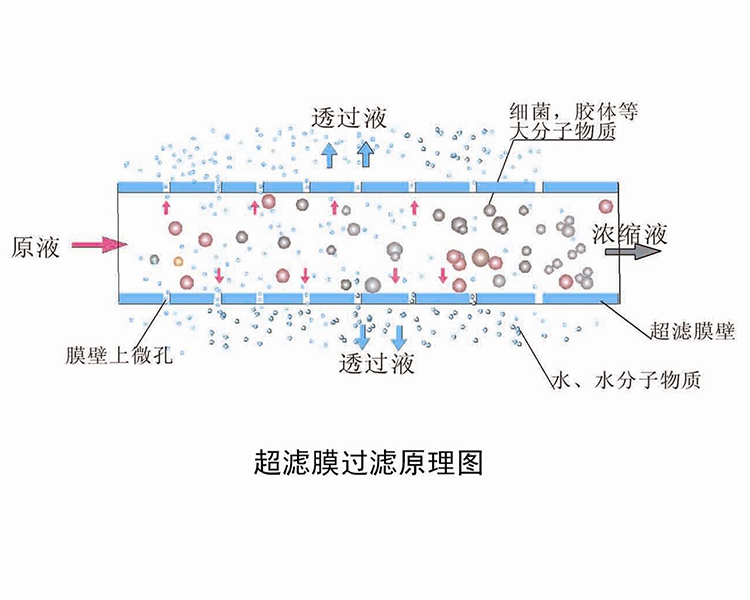 Do you know what common instruments/meters are needed for reverse osmosis systems?
Do you know what common instruments/meters are needed for reverse osmosis systems?
Sep .29.2024
In order to make the RO device can be safe and reliable operation, easy to monitor the operation process, should be equipped with the necessary instrumentation and control devices, generally need to install the instrumentation has a temperature meter, flow meter, pressure meter, conductivity meter, oxidation potential meter, chlorine meter, pH meter, specific as follows:
 Do you know what you should do when the water purification equipment has a low water output rate?
Do you know what you should do when the water purification equipment has a low water output rate?
Sep .26.2024
Today, Susan will give you a detailed answer to this question: Under normal circumstances, the phenomenon of low water output rate and high voltage of water purification equipment is mainly due to It is caused by instrument readings, temperature, inlet water conductivity, potential water side pressure, pressure difference, membrane element attenuation, membrane element pollution, untimely maintenance, etc.


 Do you know what common instruments/meters are needed for reverse osmosis systems?
Do you know what common instruments/meters are needed for reverse osmosis systems?
 Does your reverse osmosis equipment often wash the membrane, change the membrane?
Does your reverse osmosis equipment often wash the membrane, change the membrane?
 Do you know what you should do when the water purification equipment has a low water output rate?
Do you know what you should do when the water purification equipment has a low water output rate?